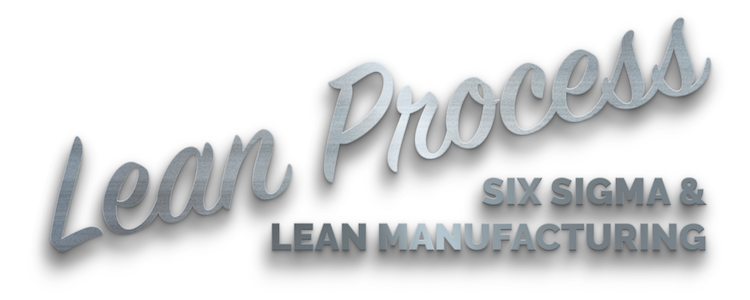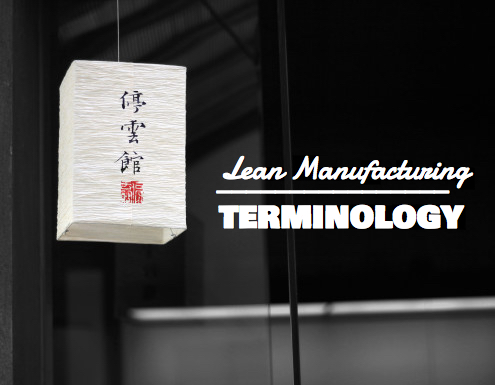In this mini series of blog posts, we’ve been exploring which tools are most commonly used during each phase of a six sigma DMAIC project. We’ve already looked at Define, Measure and Analyse, so we’re ready to move into the Improve phase in this post.
During the improve phase in six sigma, the project team use tools to generate, refine and select solutions. Data from the analyse phase is used to improve the process by reducing variation in the outputs.
Lets look at some of the tools used in improve phase:
Brainstorming
Brainstorming is a tool used to encourage creative thinking. Creativity is encouraged in a group situation by not allowing comments or criticisms to be voiced until everyone has run out of ideas. All ideas are considered legitimate no matter how radical they are and get listed on a diagram. Once everyone has had their input it is possible to go back and add more information to the diagram such as advantages and disadvantages of each idea. This helps start the process of turning the raw list into a more useful prioritised one. However a more effective tool for ranking ideas from a raw list is the Affinity Diagram.
Brainstorming
Affinity Diagram
The affinity diagram is a technique used to discover related groups of ideas from those in a raw list. As a result, affinity diagrams are commonly used to process the outcome of a brainstorming session. Ishikawa recommended that these diagrams be used in situations where information about a problem is not well organised.
Affinity Diagram
5S
5S is a cycle used in Japanese industries to eliminate the wastes that contribute to defects and also injuries in the workplace. The term 5S refers to the five stages of the cycle which all begin with the letter S in Japanese. They are seiri, seiton, seiso, seiketsu and shitsuke, which when translated into English mean:
- Sort – sort through items and keep only what is needed while disposing of what is not.
- Straighten – “A place for everything and everything in its place”.
- Shine – The cleaning process often acts as a form of inspection that exposes abnormal and pre-failure conditions that could hurt quality or cause machine failure.
- Standardise – develop systems and procedures to maintain and monitor the first three Ss.
- Sustain – maintaining a stabilised workplace is an ongoing process of continuous improvement.
(LIKER, 2004)
Implementation of the 5Ss is a simple and quick way to make improvements to a process. Over a period of time wastes can build up and hide problems to such an extent that they become accepted. By performing 5S on a process it may make identification of root causes much easier.
Poka Yoke (Mistake Proofing)
Poka-yoke is a concept created by Shigeo Shingo to reduce the risk of a human error turning into a defect. It is typically a device that is used to either detect or prevent defects from occurring in the first place. The benefits to the business are that less energy, time and resources are wasted. Poka-yokes are a cost effective alternative to full automation:
“Simple fail-safe methods are the low-cost route to parts-per-million error rates.”
~ Hall, 1987
The best way to understand the concept is through an example.
Simulation
Simulation is used to test the impact that a solution will have without actually implementing it. It usually takes the form of a computer model that can emulate real world conditions. The advantages offered by conducting a simulation are that it is usually much cheaper and faster than building multiple prototypes for testing. Another advantage is that a computer simulation can offer a level of detail that is difficult to measure with current technology. An example of this would be surface interactions on an atomic level. There are also drawbacks to simulations which usually result in misleading results. These are generally down to a poor model being used that does not accurately represent the real world situation.
Benchmarking
Benchmarking is the process of identifying, understanding, and adapting best practices inside and outside the organisation. These are then applied to processes to improve performance.
“Many Fortune 500 companies and other large organisations have embraced benchmarking as an important, systematic methodology for achieving the organisation’s strategic objectives.”
~ APQC, 1995
Pugh Matrix
The Pugh matrix is a decision making tool used to compare solutions based upon customer requirements and functional criteria as shown in Figure 416. It identifies pros and cons for each solution allowing the team to capitalise/improve upon them in successive iterations, until an optimal solution is arrived at (GEORGE et al., 2005).
Pugh Matrix
Cost Benefit Analysis
A cost benefit analysis lists all the possible solutions that have been suggested by the project team, and considers the benefit they offer against the cost of implementation. It is a useful tool for selecting a solution from a shortlist, whilst keeping in focus the needs of the business. A highly technical and therefore costly solution is not always the best if the project only affects a minor proportion of customers or products. A cost benefit analysis can also highlight areas where more analysis is required before a solution can be selected.
Summary
The improve phase is the fourth in the five steps of six sigma. It is the stage in the project where the team applies what they learned in the analyze phase to reduce variation in the process. The process is improved and this is verified by comparing to the benchmark set in the measure phase.
The final step after the improve phase deliverables have been signed off at the gate review, is to move onto the control phase in dmaic.
To find out more about six sigma tools, check out the other phases in this mini series:
- Six Sigma Tools
- Define Phase
- Measure Phase
- Analyse Phase
- Control Phase








